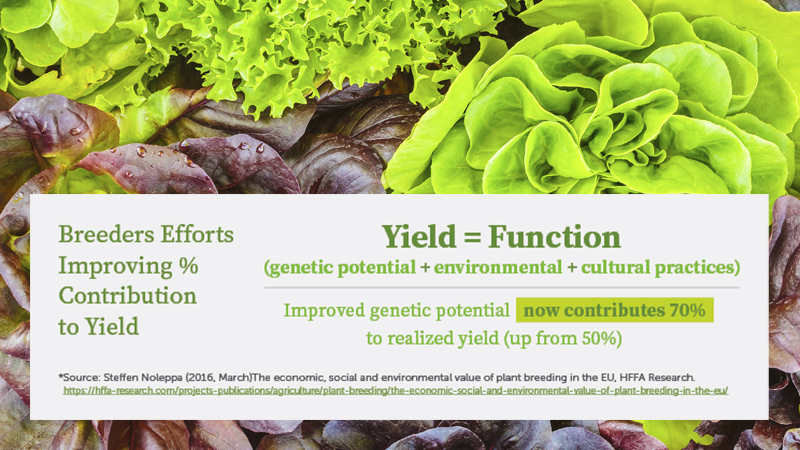Pest Control Protocol: Ready, Weigh, Apply
One of the most important tasks for a pesticide applicator is making sure that the correct amount of pesticide is being applied to the target site. Some studies have shown that as few as one out of four pesticide applications are applied within an acceptable range of the intended rate. Applying either too little or too much pesticide can lead to increased costs, decreased effectiveness, and other problems.
If you apply too little pesticide, it is likely that you will not fully control the targeted pests. This can lead to having to repeat the entire application which is costly in both time and money. In some cases, a repeat application may not be possible because it could lead to rates higher than the label permits.
Overdosing or using more than the labeled rates will not do a better job of controlling pests and depending on how much over rate you are, it could be illegal. Overdosing also can be expensive, not only because of the direct cost of using more pesticide, but it also can lead to damage or injury to your crop, leave illegal residues, and if over labeled rates, could leave you open to fines and liable for damages.
Determining Dose
In order to determine how much pesticide you should apply, you should carefully read the “Directions For Use” section of the pesticide label. If the label lists a range of possible amounts, then you should use the lowest labeled rate that will achieve good control of the targeted pests. If you are unsure, you should consult with a certified crop advisor, your local county Extension agent, or other specialists in the field.
The amount of pesticide to be used can be expressed in various ways. Application rates may be expressed in terms of how much pesticide formulation should be applied; this can be expressed for a unit of area (pounds or gallons per acre) or in terms of how much pesticide formulation per volume of mixture (1 pint per 100 gallons of water). At other times, application rates are expressed in how much active ingredient per unit of area or per volume of mixture. Occasionally, the application rate is expressed in terms of a percentage of the final dilution (½% by volume); products that are adjuvants often are expressed in this way.
Mixing, Loading, And Calibration
Knowing what amount of pesticide you must apply is only the first step. You also must determine how you will deliver the correct amount to the target site. This can require a combination of three basic tasks: mixing the pesticide; loading it into your equipment; and properly calibrating your equipment.
Mixing — Unless the pesticide is in a ready-to-use formulation or is designed to be used full strength, it will be necessary for you to carefully combine the right amounts of the concentrated pesticide and diluent. Always make sure when you measure pesticides or diluents that you use the correct tools to help ensure accuracy. Inaccurate measurements lead to underdosing, overdosing, too much pesticide mixture, and wrong strength of pesticide mixtures.
Loading — Carefully measure the amount of pesticide to add. Do not just guess or approximate the amount you are adding and do not add a “little extra” just to be sure. You also should carefully measure the diluent. Adding the correct amount of pesticide to an approximated amount of diluent can result in a tank full of the wrong strength mixture.
Calibration — Most pesticide applications involve equipment that must be measured and adjusted to release the correct amount of pesticide to the target site. Proper calibration is an essential but often neglected task. In order to ensure your equipment is releasing the right amount of the pesticide mixture, you must take the time to calibrate it carefully and correctly. There are many different formulas used for calibration and most require some simple arithmetic. One simple method is the 1/128th method (http://edis.ifas.ufl.edu/ae012). Usually, the equipment manufacturer, the pesticide dealer, or your local county Extension agent can provide you with some standard formulas to help. Also, keep in mind your equipment will not deliver the correct amount of a pesticide mixture to the target area if it is not working correctly. So, before you begin to calibrate the equipment, take the time to check it carefully to be sure all components are clean and in good working order. Pay particular attention to the parts that regulate the amount of pesticide being released, such as nozzles or hopper openings. Worn or clogged nozzles often can be a major cause of pesticide misapplication.
As licensed pesticide applicators, we are more often than not working with concentrated pesticide formulations that must be correctly diluted and applied with equipment that requires proper calibration. Both steps are critical to applying the correct amount of pesticide to a target site, and if there is an error in either dilution or calibration the wrong amount of pesticide will be applied.








